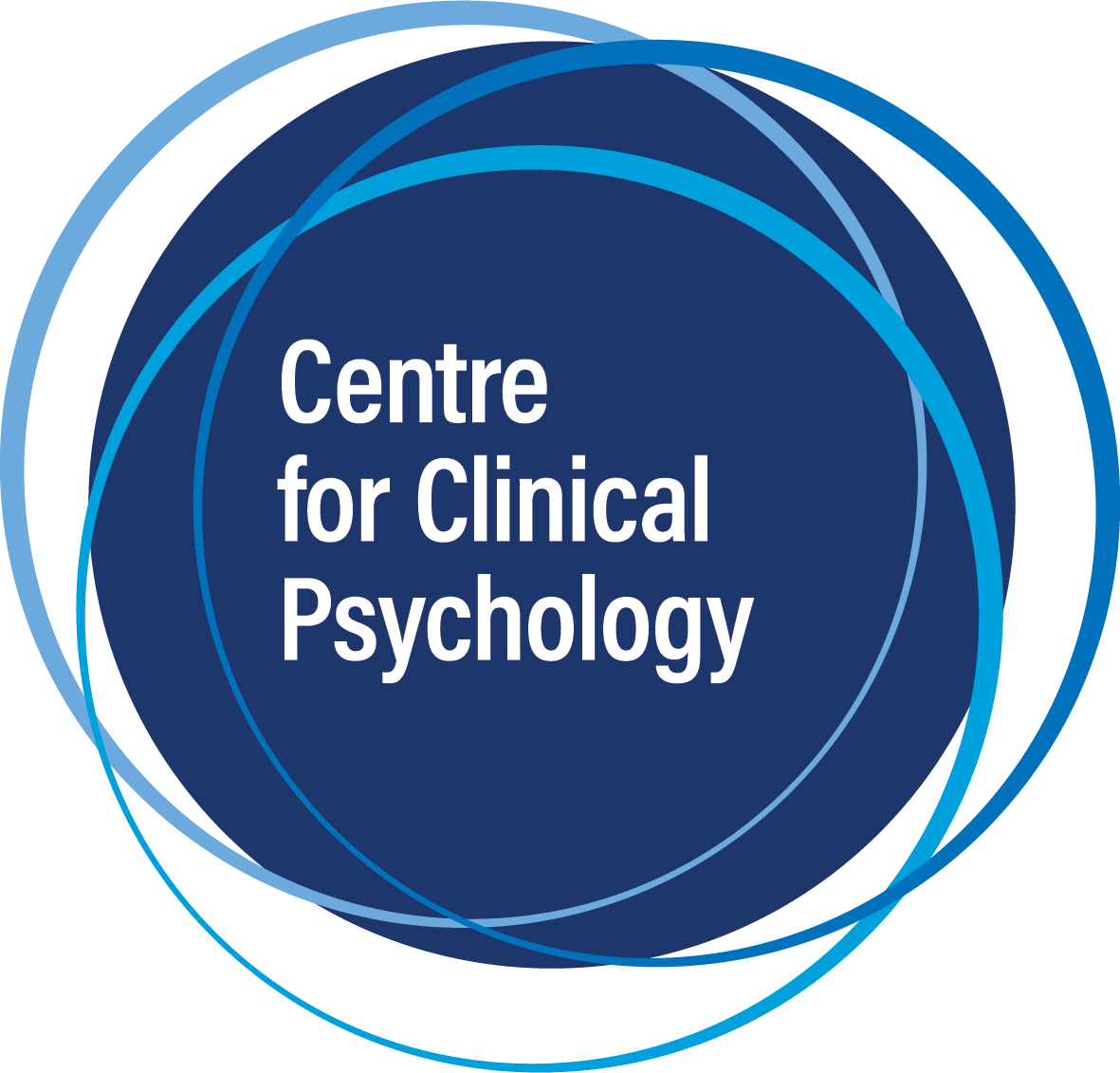Living with someone who has Post-Traumatic Stress Disorder (PTSD) can be challenging, and it’s important to take care of your own well-being while providing support. Here are seven important reminders to help you live with someone with PTSD:
- Educate Yourself: Take the time to learn about PTSD, its symptoms, and how it can affect your loved one. Understanding the condition is the first step in offering meaningful support. Understanding what PTSD is (a combination of re-experiencing symptoms like flashbacks and nightmares, avoidance of triggers, high arousal, and negative mood and beliefs) will also help you navigate challenges and provide better support. Knowledge is a powerful tool in managing the situation.
- Respect Boundaries: PTSD can make individuals hyper-vigilant and sensitive to their certain triggers and violation of boundaries. Respect their need for privacy and personal space, and be mindful of their triggers. At the same time be aware of avoidance and discuss this with them. You can read more about this in our blog about helping a loved one with PTSD.
- Set Boundaries: Boundaries go both ways. It’s one thing to respect the boundaries set out by the person with PTSD, and it’s another to set your own boundaries with them. It’s essential to maintain healthy boundaries from both sides in your relationship. Without boundaries, people might feel threatened, exhausted, or depleted because they have not taken care of their own needs. While you want to be supportive, it’s also crucial to protect your own well-being. Be clear about your needs and limits.
- Practice Patience: Understand that living with someone with PTSD can be emotionally taxing. Practice patience with your loved one when they experience mood swings, anxiety, anger or other symptoms. Remember that their behaviour is often a result of their condition, not a reflection of your relationship. Give your loved one time and space to work through their emotions, and avoid lashing out or mimicking their outbursts.
- Self-Care: Caring for someone with PTSD can be demanding. Make self-care a priority and practice self-care regularly to prevent caregiver burnout. Take time for yourself, engage in activities you enjoy, and ensure you have your own support system in place. You may choose to seek professional support for yourself and/or maintain a close social support network. Don’t hesitate to seek support from friends, family, or support groups. You don’t have to go through this alone, and talking to others who are in similar situations can be helpful.
- Encourage Professional Help: Suggest and support your loved one’s involvement in therapy. Evidence-based interventions, such as Cognitive Processing Therapy (CPT), Eye Movement Desensitization and Reprocessing (EMDR) and Prolonged Exposure therapy (PE) can be very effective in managing PTSD symptoms. If you believe your loved one poses a risk to themselves or others due to their PTSD, seek professional help. If there are immediate risks, contact hotlines or the emergency services to ensure that everyone is safe.
- Remember Your Role: While it’s essential to be supportive, you are not a therapist or a cure for your loved one’s PTSD. Encourage them to seek professional help and take care of their treatment. The research shows that encouragement to continue with therapy helps. Your role is to offer love, understanding, and companionship, not to be the solution to their problems.
Given that PTSD affects each person differently, the suggestions provided here may need to be adapted to fit your loved one’s unique situation and needs. Your support and understanding can play a significant role in their recovery and well-being, so approach the situation with compassion and empathy.
If you are struggling to support and live with someone with PTSD, don’t hesitate to seek help from a professional. The Centre for Clinical Psychology in Melbourne offers counselling services to help you navigate the difficulties of being a caregiver and people with mental health issues. Book an appointment today by calling 03 9077 0122 or visiting https://ccp.net.au/booking/.
References
https://www.beyondblue.org.au/mental-health/anxiety/types-of-anxiety/ptsd
Foa, E., Hembree, E. A., Rothbaum, B. O., & Rauch, S. (2019). Prolonged Exposure Therapy for PTSD: Emotional Processing of Traumatic Experiences—Therapist Guide. Oxford University Press. https://doi.org/10.1093/med-psych/9780190926939.001.0001
Resick, P. A., & Schnicke, M. K. (1993). Cognitive Processing Therapy for Rape Victims: A Treatment Manual (Interpersonal Violence: The Practice Series). Sage Publications.
Shapiro, F. (2001). Eye Movement Desensitization and Reprocessing: Basic Principles, Protocols, and Procedures (2nd Edition). The Guilford Press.



